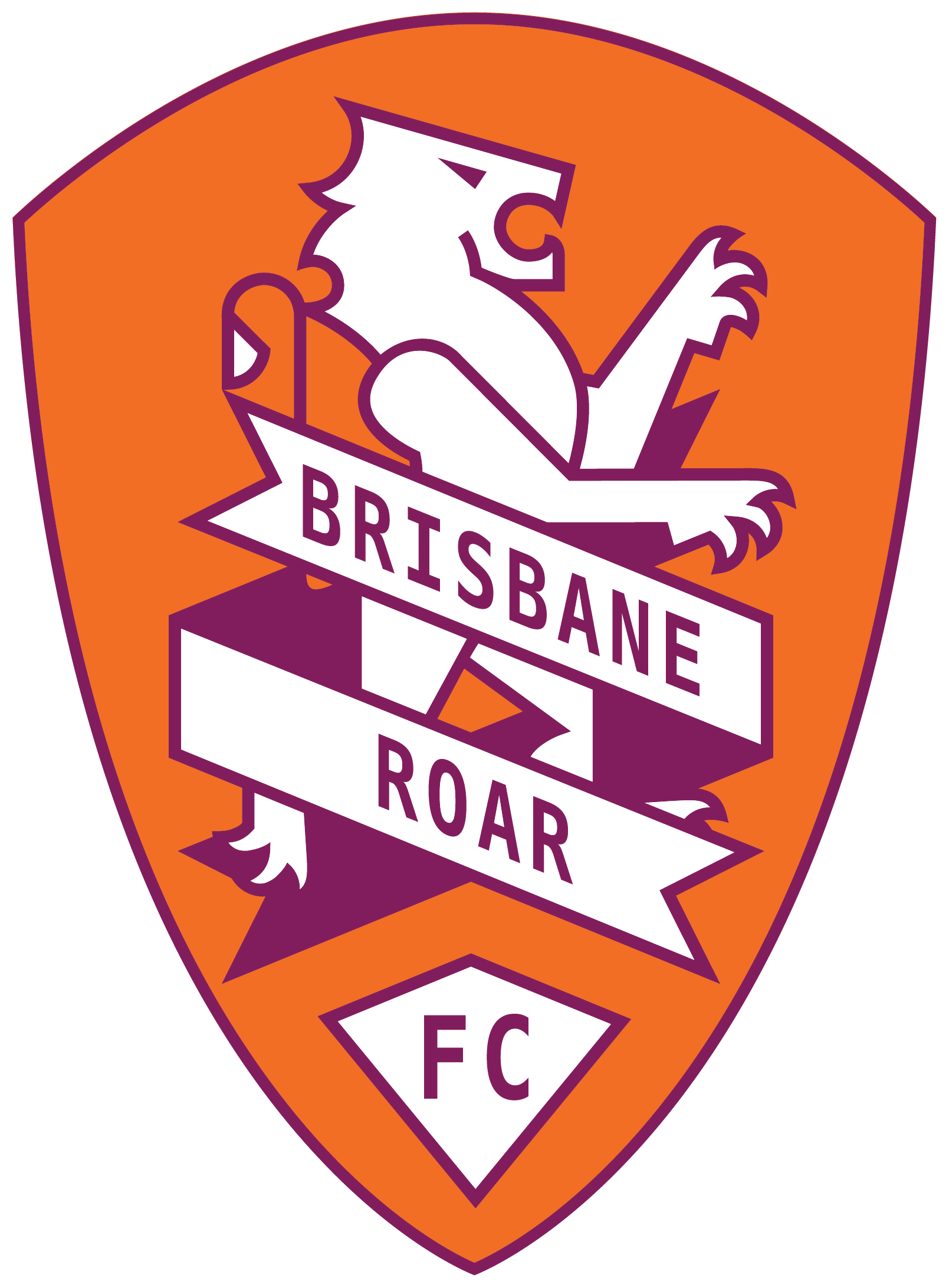APFCA member Chairmen and CEOs yesterday met with the Football Federation Australia (FFA) CEO David Gallop and members of the FFA Administration. At the meeting the FFA proposed a cash distribution of A$3.25 million per club for the 2017/18 season.
This amount was unanimously rejected as wholly inadequate by all ten APFCA members.
On leaving the meeting yesterday, APFCA Chairman, Greg Griffin said: “We have worked in good faith for the last eighteen months to achieve a distribution that will deliver a sustainable future for the League.
“With this proposal the FFA has shown its disregard for the A-League and those who have invested in it. The Clubs are no longer prepared to fund the FFA through their annual club losses.”
“This is yet another example of the need for reform of the governance and management of our game and things must change now.”
APFCA’s position is based on the following facts:
- The A$32.5 million cash distribution being offered to the ten clubs of the Hyundai A-League represents less than 50% of the FFA’s own calculations of direct revenues produced by the Hyundai A-League.
- The FFA additionally receives many millions of dollars of indirect revenue as a result of the provision by clubs of A-League commercial inventory and ticketing; the bundling of other assets and rights with A-League rights and assets; and the overall halo effect for the game at large of the Hyundai A-League.
- Under this proposal nearly every dollar would be pre-committed to cover the A$3.2 million of player obligations made up of A-League, W-League, NPL and NYL player payments.
It leaves Scholarship Players, Homegrown Players, Marquee Players, Guest Players, Season Long Guest Players, Relocation and other salary cap exempt items unaccounted for.
This is before any consideration is given to any other Club expenditures such as payroll tax, insurance, mandated junior academy investments, coaching and medical staff, administration and commercial staff, community outreach, marketing and stadium training and administration facility costs.





